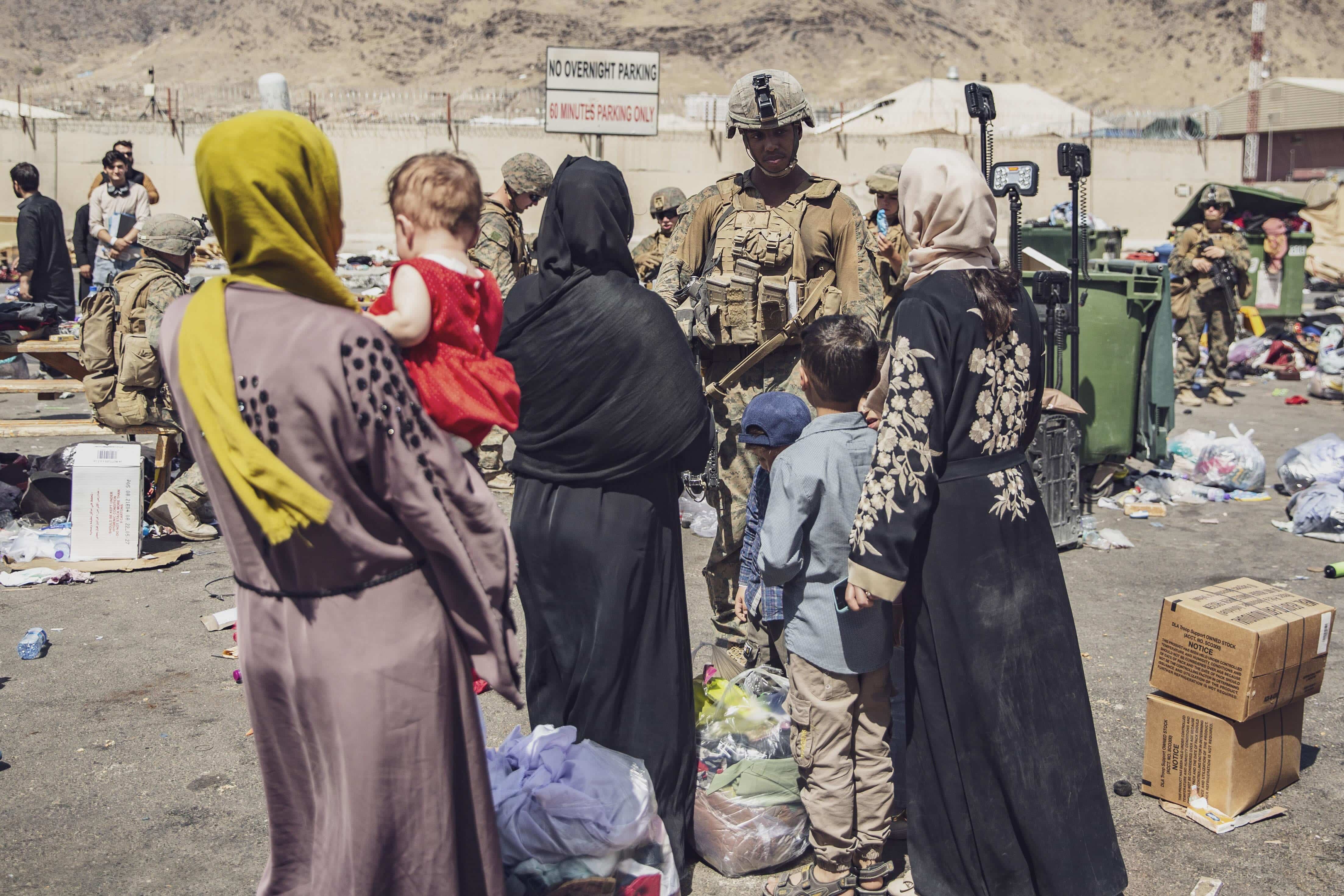The review released by U.S. Central Command addresses the tragic events at Abbey Gate during the chaotic final days of the Afghanistan withdrawal. It specifically challenges previous assertions made by some U.S. service members, including former Marine Sgt. Tyler Vargas-Andrews, who testified that he and others had identified a potential bomber but were not authorized to engage. The review states that the individual identified by service members as a suspicious “bald man in black” was not the bomber, Abdul Rahman al-Logari, an Islamic State militant previously detained in an Afghan prison and released by the Taliban during their takeover.
The detailed analysis included in the review involved facial recognition and other investigative techniques which confirmed that the man observed by U.S. troops and the actual bomber were not the same person. This finding was corroborated during interviews with service members who had initially reported seeing the suspicious individual.
The review also examined the timing of the events, noting that the bald man was out of sight several hours before the bombing occurred, which happened very shortly before al-Logari reached the gate. This timeline further supports the conclusion that the attack was not preventable by those on the ground without compromising the mission’s broader goal of evacuating as many people as possible.
Feedback from family members of the victims, who received briefings on these findings, indicates mixed reactions. While some expressed relief at getting more details about the circumstances of their loved ones’ deaths, others, like Jim McCollum and Mark Schmitz, parents of fallen Marines, remain skeptical of the conclusions drawn.
The review also addressed allegations of a potential test run of the bombing carried out days earlier, concluding that this was unlikely based on the evidence reviewed.
Expanded Coverage:






